Home>Gardening & Outdoor>Landscaping Ideas>How Does Grass Germinate
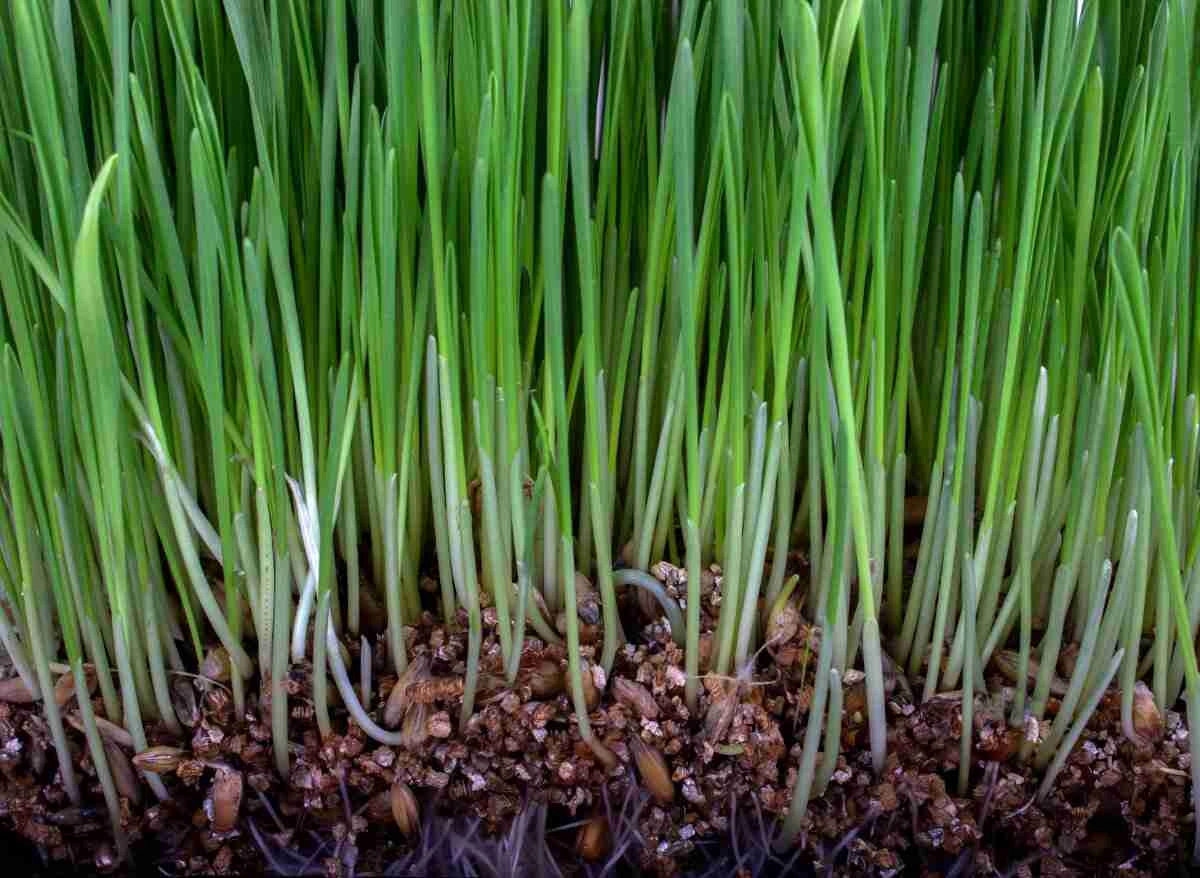

Landscaping Ideas
How Does Grass Germinate
Modified: March 24, 2024
Learn how grass germinates and get landscaping ideas to create a lush lawn. Discover the best practices for successful lawn establishment.
(Many of the links in this article redirect to a specific reviewed product. Your purchase of these products through affiliate links helps to generate commission for Storables.com, at no extra cost. Learn more)
Introduction
Welcome to the wonderful world of landscaping and gardening! If you’ve ever marveled at a lush, green lawn and wondered how it all begins, you’re in the right place. The process of grass germination is a fascinating journey that transforms tiny seeds into vibrant, verdant carpets of green. Understanding this process is not only essential for creating a beautiful lawn but also offers insights into the remarkable resilience and adaptability of nature.
In this article, we’ll delve into the intricate process of grass germination, exploring the factors that influence this crucial stage of plant growth. Whether you’re a seasoned gardener or a novice enthusiast, this knowledge will empower you to nurture and support the germination of grass seeds effectively. So, let’s embark on this enlightening journey and uncover the secrets of how grass germinates.
Key Takeaways:
- Grass germination is like a magical journey where tiny seeds transform into lush lawns, needing water, warmth, and oxygen to grow. Understanding this process helps create beautiful and resilient grassy landscapes.
- Different grass species have unique needs for germination, like temperature preferences and soil requirements. By knowing these differences, gardeners can create the perfect conditions for diverse and thriving lawns.
The Germination Process
Grass germination is a captivating process that marks the beginning of a plant’s life cycle. It commences when a seed, nestled within the soil, receives the right combination of moisture, warmth, and oxygen to trigger its growth. This remarkable transformation unfolds in several distinct stages, each playing a vital role in ensuring the successful emergence of a new grass plant.
Firstly, the seed absorbs water, causing it to swell and soften. This hydration process, known as imbibition, activates the biochemical mechanisms within the seed, initiating metabolic activities that lead to cell division and growth. As the seed swells, the protective seed coat weakens, allowing the embryonic root, known as the radicle, to push through and anchor itself in the soil. Simultaneously, the shoot begins to elongate and push upward, seeking sunlight and air.
Once the shoot emerges from the soil, it unfurls its cotyledons – the embryonic leaves that provide the initial nourishment for the young plant. These cotyledons soon wither and fall away as true leaves take over the task of photosynthesis, fueling the plant’s growth. As the roots delve deeper into the soil, they establish a robust network to draw nutrients and water, anchoring the plant securely and facilitating its development into a mature, thriving grass specimen.
Throughout this process, the young grass plant is highly vulnerable and requires careful nurturing to ensure its continued growth and vitality. By understanding the intricacies of the germination process, gardeners can provide the optimal conditions and care necessary for the successful establishment of a healthy grass lawn.
Factors Affecting Germination
The germination of grass seeds is influenced by a multitude of factors, each playing a pivotal role in determining the success of this critical stage of plant growth. Understanding these factors empowers gardeners to create an environment conducive to optimal germination, ensuring the emergence of robust and healthy grass plants.
- Water: Adequate moisture is essential for initiating the germination process. Insufficient water can hinder or even prevent germination, while excessive moisture may lead to rotting of the seeds. Striking the right balance is crucial for optimal germination.
- Temperature: Different grass species have specific temperature requirements for germination. Warm-season grasses, such as Bermuda and Zoysia, thrive in higher temperatures, while cool-season varieties like Kentucky bluegrass and fescue prefer cooler conditions. Understanding these temperature preferences is vital for successful germination.
- Oxygen: Like all living organisms, grass seeds require oxygen to support metabolic activities during germination. Compacted or waterlogged soils can limit the availability of oxygen, impeding the germination process.
- Soil Quality: The composition and structure of the soil significantly impact germination. Well-draining, fertile soils provide an ideal environment for seedling establishment, while compacted or nutrient-deficient soils can hinder growth.
- Light: While some seeds require light to germinate, others thrive in darkness. Understanding the light preferences of specific grass species is essential for providing the appropriate conditions for successful germination.
- Seed Depth: Planting seeds at the correct depth is crucial for successful germination. Different grass species have specific depth requirements, and improper planting depth can hinder the emergence of seedlings.
By carefully considering and managing these factors, gardeners can create an optimal environment for grass seed germination, setting the stage for the flourishing of vibrant and resilient lawns.
To help grass germinate, keep the soil consistently moist but not waterlogged. This will provide the ideal conditions for the seeds to sprout and grow.
Germination of Different Grass Species
Various grass species exhibit distinct germination characteristics, influenced by their genetic makeup and environmental preferences. Understanding these differences is essential for successfully cultivating a diverse and thriving lawn, tailored to specific climate and soil conditions. Let’s explore the germination traits of some common grass species:
- Kentucky Bluegrass (Poa pratensis): This cool-season grass species germinates best in cooler temperatures, making it well-suited for regions with cold winters and moderate summers. Its germination process is relatively slow compared to warm-season grasses, requiring patience and consistent moisture for successful establishment.
- Bermuda Grass (Cynodon dactylon): As a warm-season grass, Bermuda grass thrives in hot temperatures and exhibits rapid germination under warm, sunny conditions. Its robust growth and resilience make it a popular choice for lawns in warmer climates.
- Zoysia Grass (Zoysia spp.): Known for its drought tolerance and dense, lush growth, Zoysia grass demonstrates moderate germination rates, preferring warm soil temperatures for optimal growth. Its slow initial establishment is offset by its exceptional resilience and low maintenance requirements once established.
- Fescue Grass (Festuca spp.): Fescue grass species, including tall fescue and fine fescue, are cool-season grasses that germinate well in cooler temperatures. Their adaptability to a wide range of soil types and shade tolerance makes them popular choices for lawns in transitional climate zones.
Each of these grass species requires specific care and environmental conditions to support successful germination and establishment. By understanding their unique germination traits, gardeners can tailor their approach to create the ideal conditions for nurturing these diverse grass species, resulting in vibrant and resilient lawns that thrive in their respective environments.
Conclusion
The process of grass germination is a captivating journey that unfolds within the soil, giving rise to the lush, green lawns that adorn landscapes and gardens. By understanding the intricate stages of germination and the factors influencing this critical process, gardeners can empower themselves to create optimal conditions for the successful establishment of healthy and vibrant grass lawns.
From the initial absorption of water to the emergence of shoots and roots, each stage of germination plays a crucial role in shaping the future of the grass plant. Factors such as water, temperature, soil quality, and light influence the germination process, highlighting the importance of providing the ideal environment for seedling establishment.
Furthermore, recognizing the unique germination traits of different grass species allows gardeners to tailor their approach, ensuring that each variety receives the specific care and conditions necessary for successful growth. Whether cultivating cool-season grasses like Kentucky bluegrass or warm-season varieties such as Bermuda grass, understanding these nuances is key to fostering diverse and resilient lawns that thrive in their respective climates.
As you embark on your gardening endeavors, armed with a deeper understanding of grass germination, may you nurture and witness the remarkable transformation of tiny seeds into thriving, verdant lawns. By embracing the art and science of germination, you play a vital role in fostering the beauty and vitality of the natural world, one blade of grass at a time.
Frequently Asked Questions about How Does Grass Germinate
Was this page helpful?
At Storables.com, we guarantee accurate and reliable information. Our content, validated by Expert Board Contributors, is crafted following stringent Editorial Policies. We're committed to providing you with well-researched, expert-backed insights for all your informational needs.
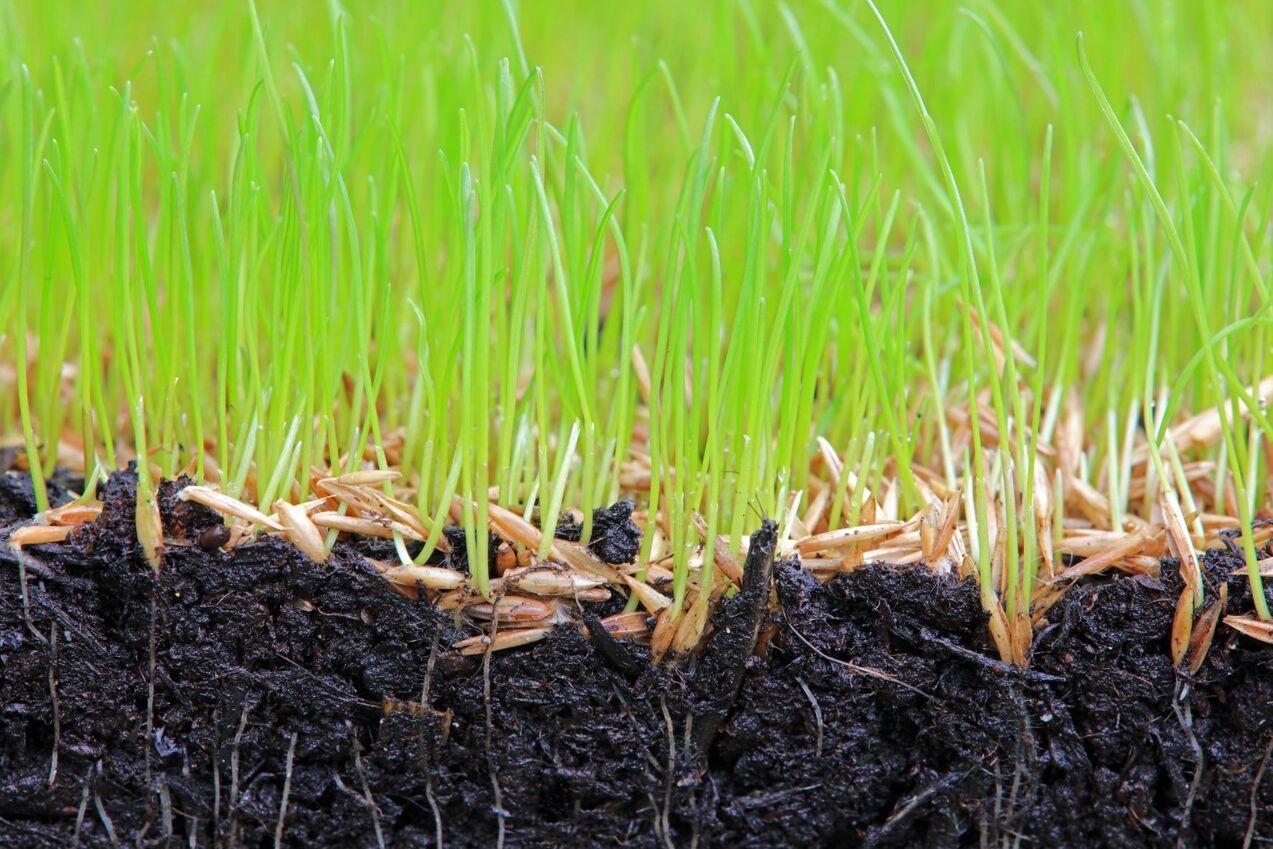
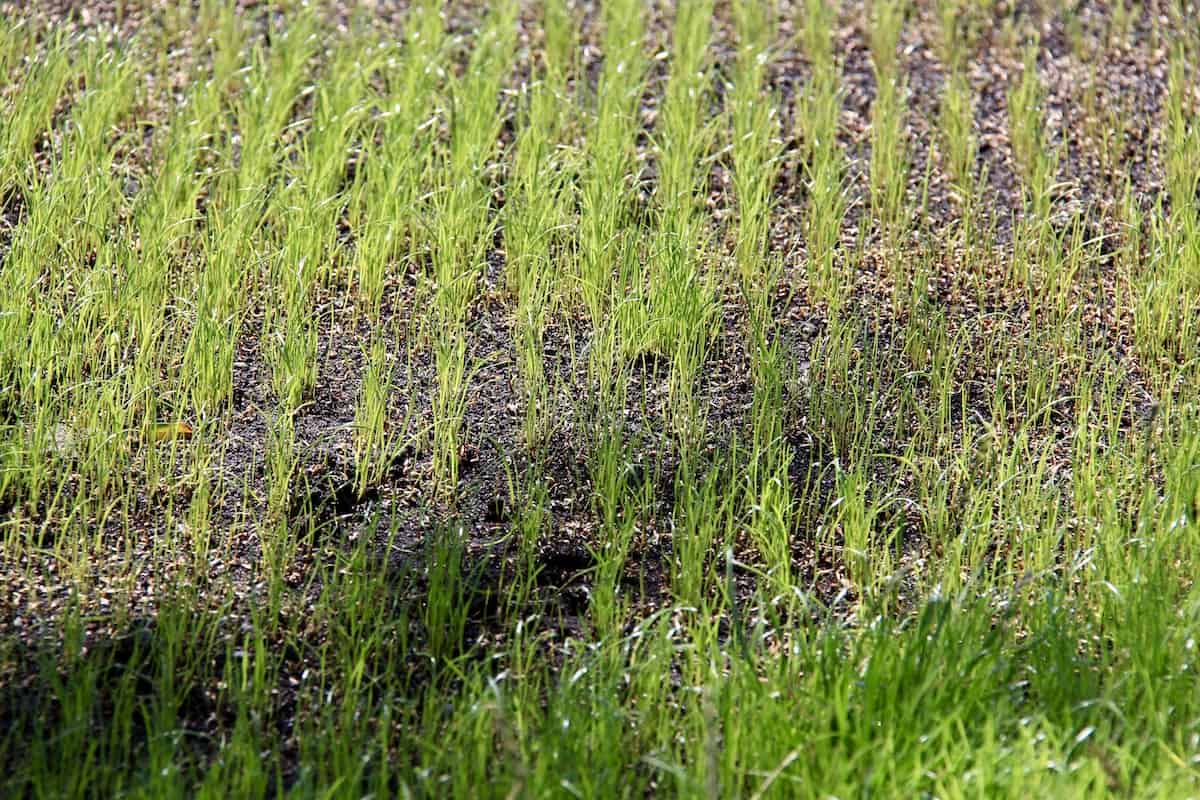
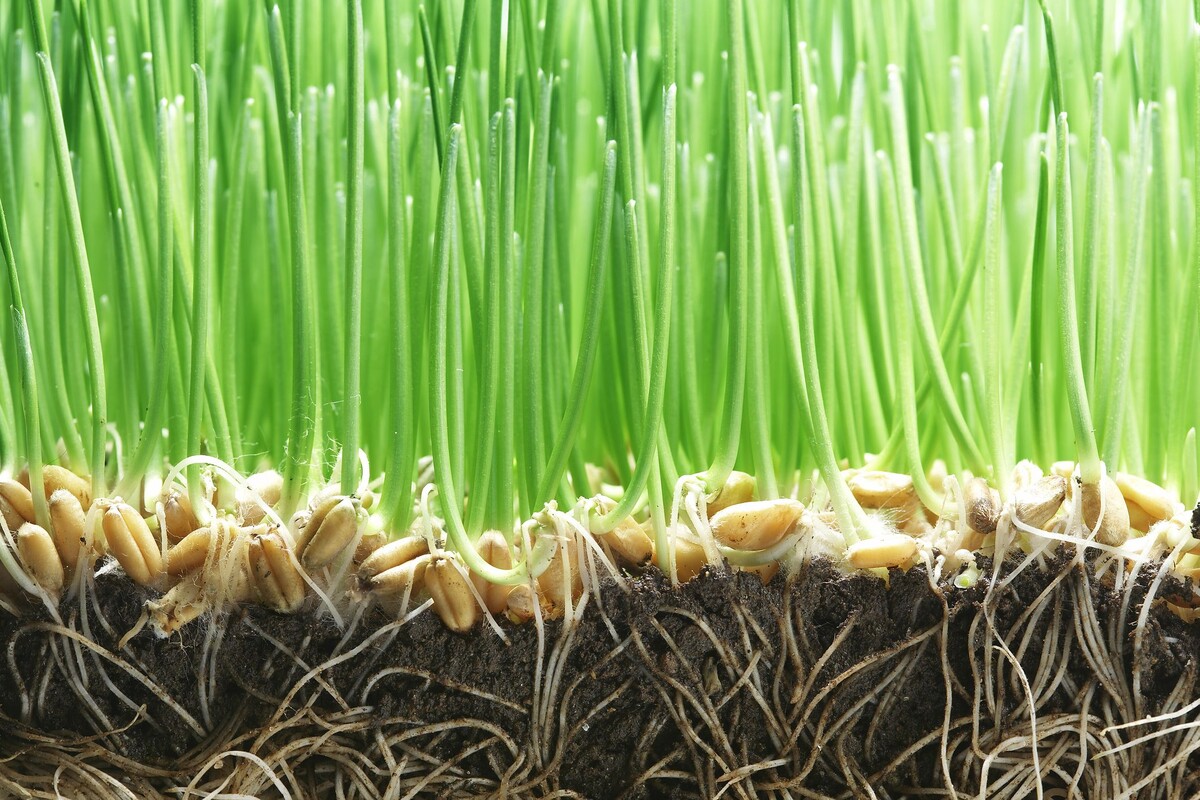

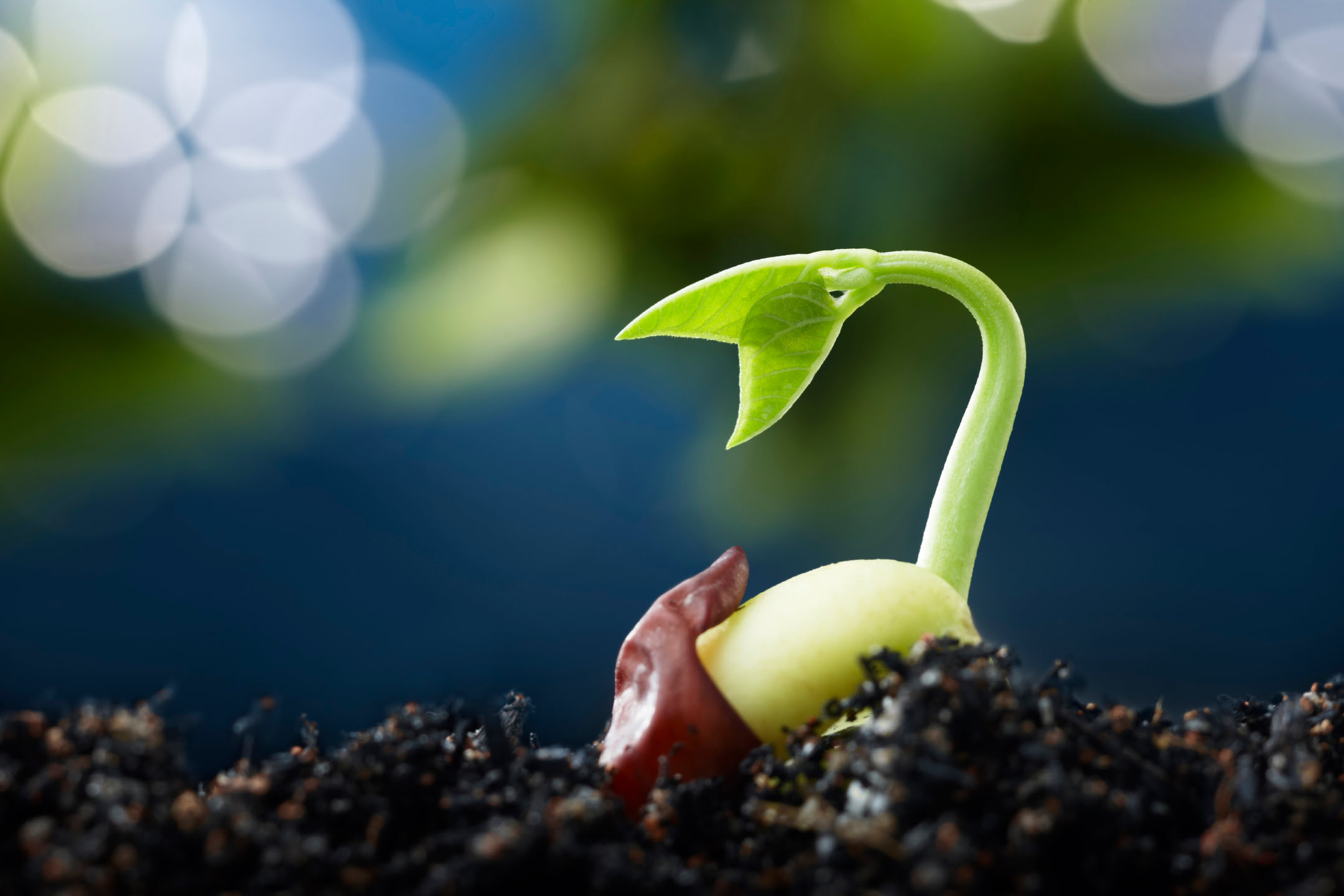
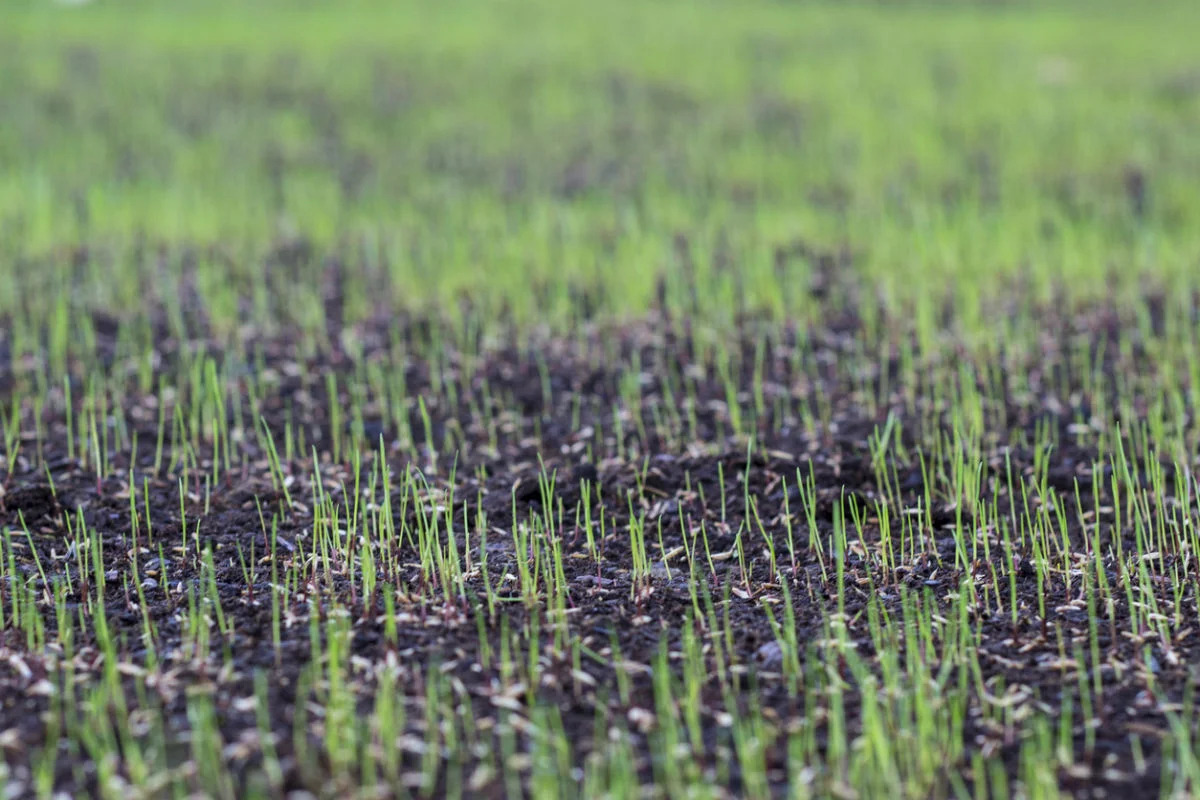
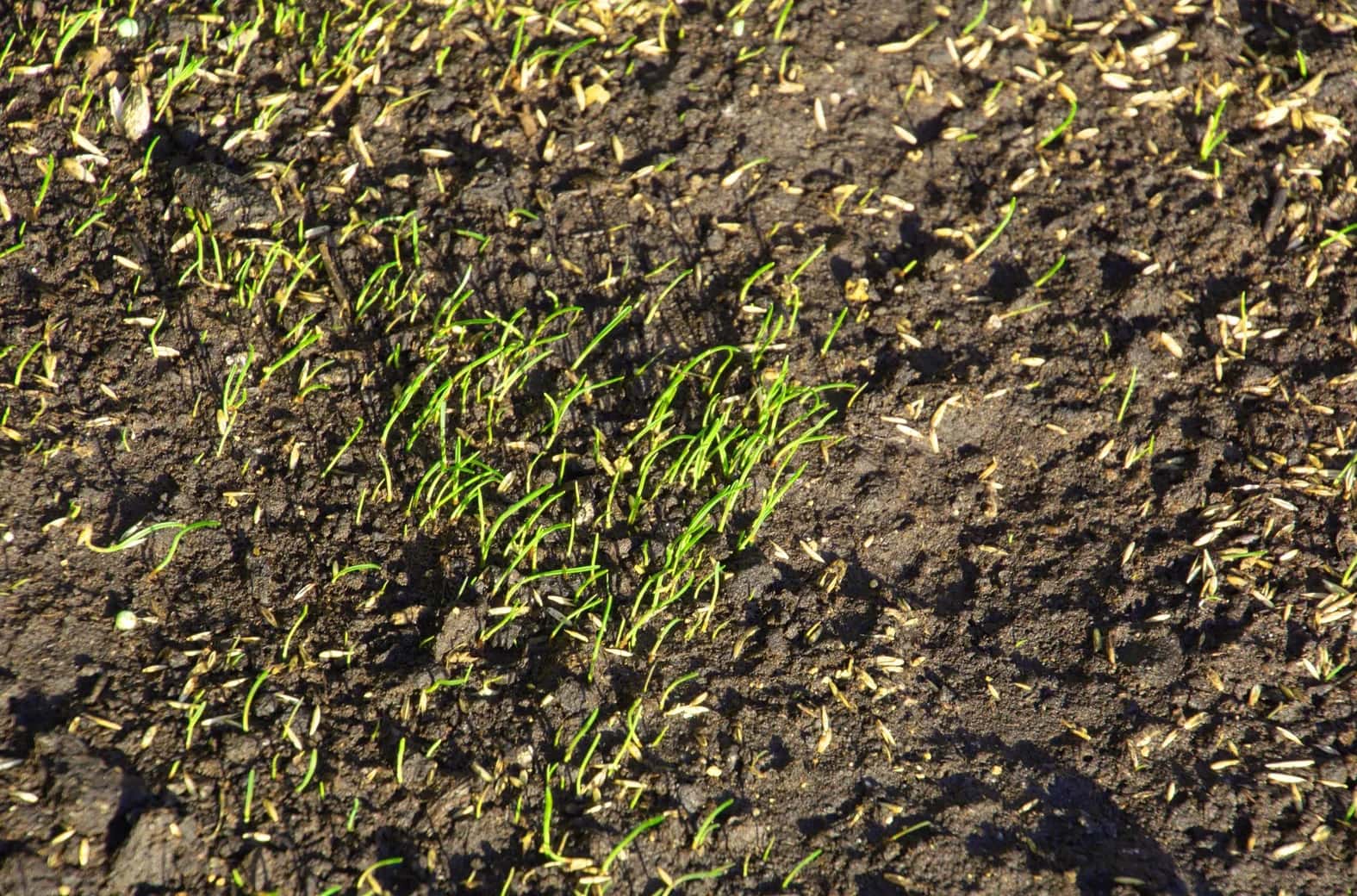
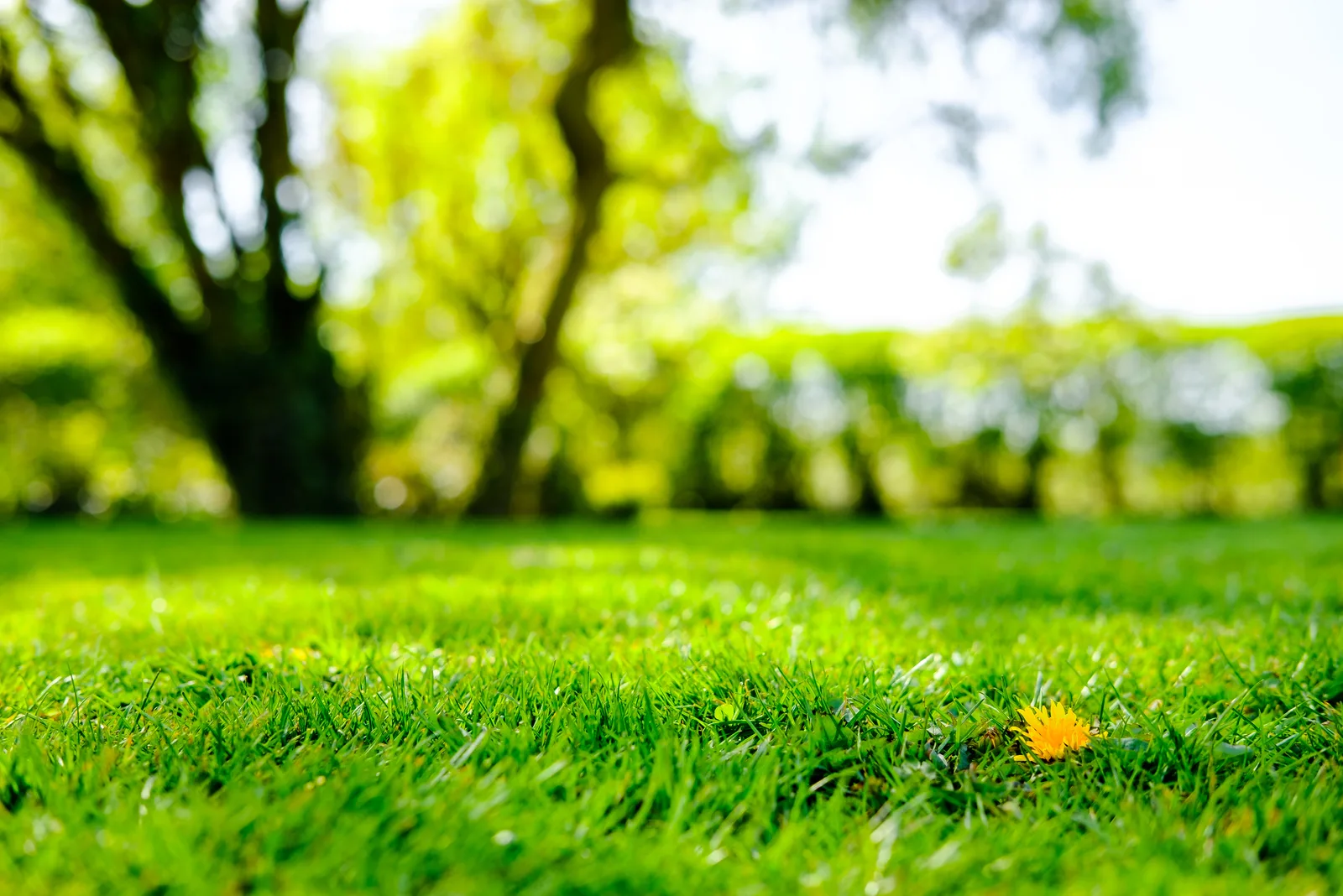
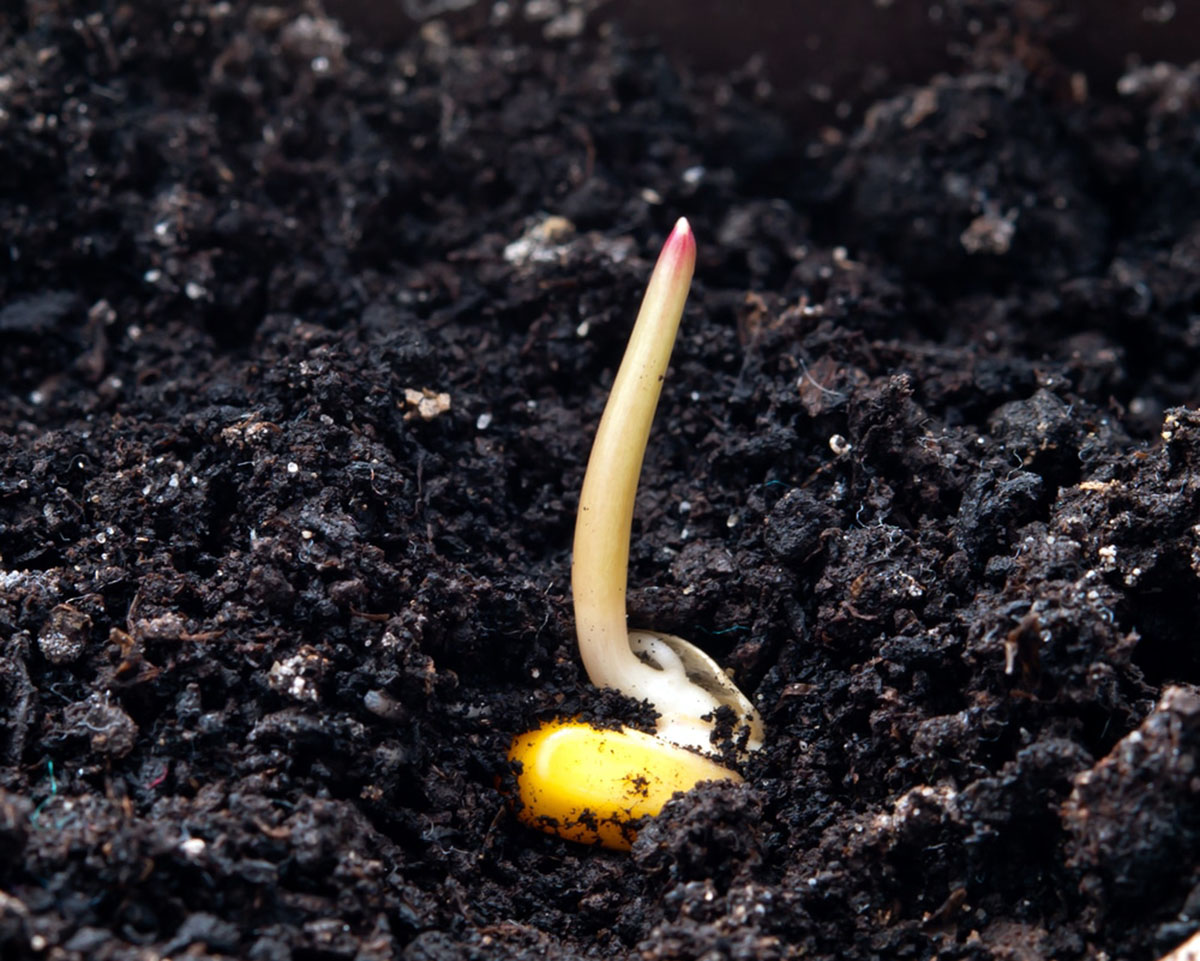
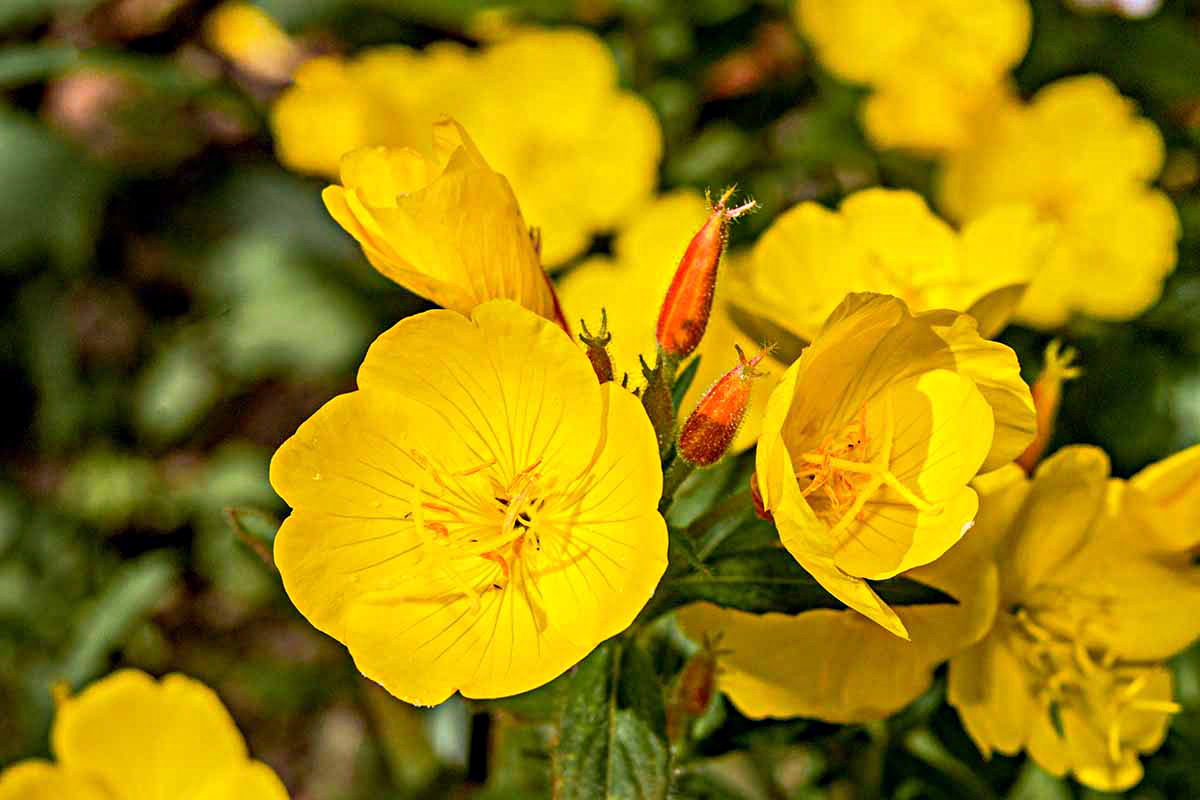
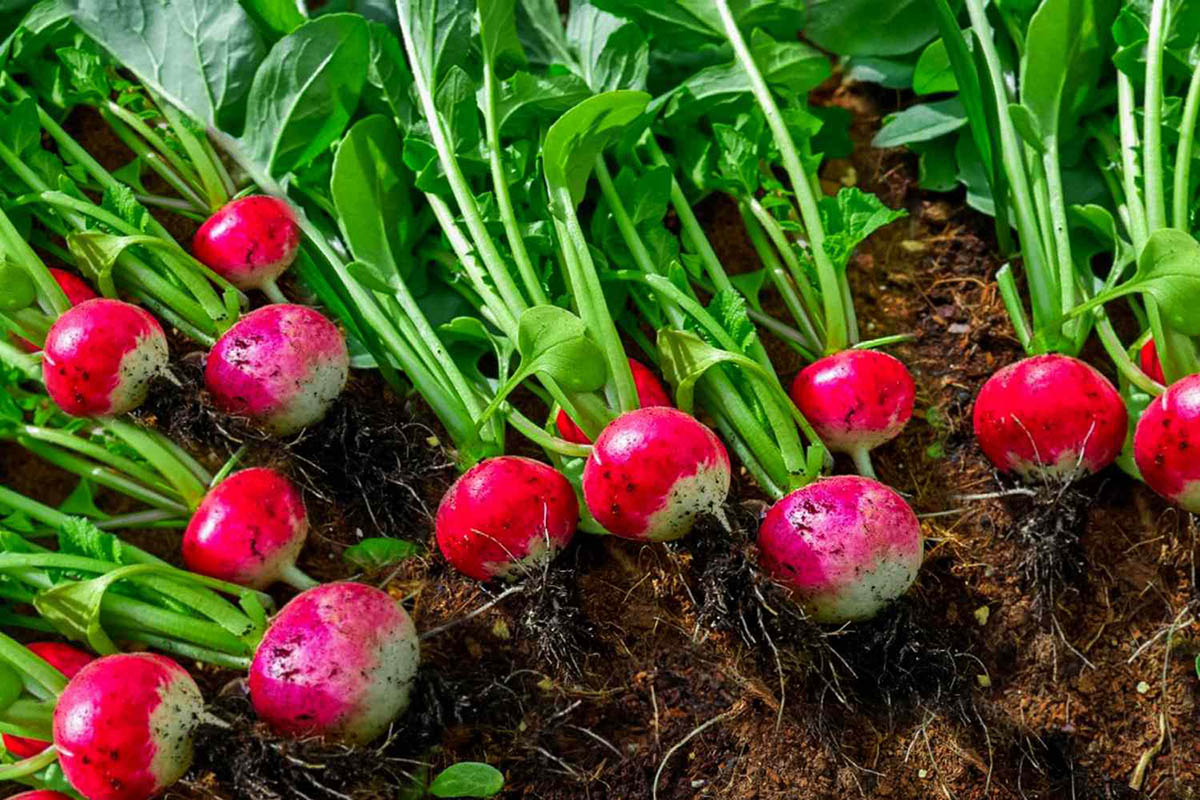
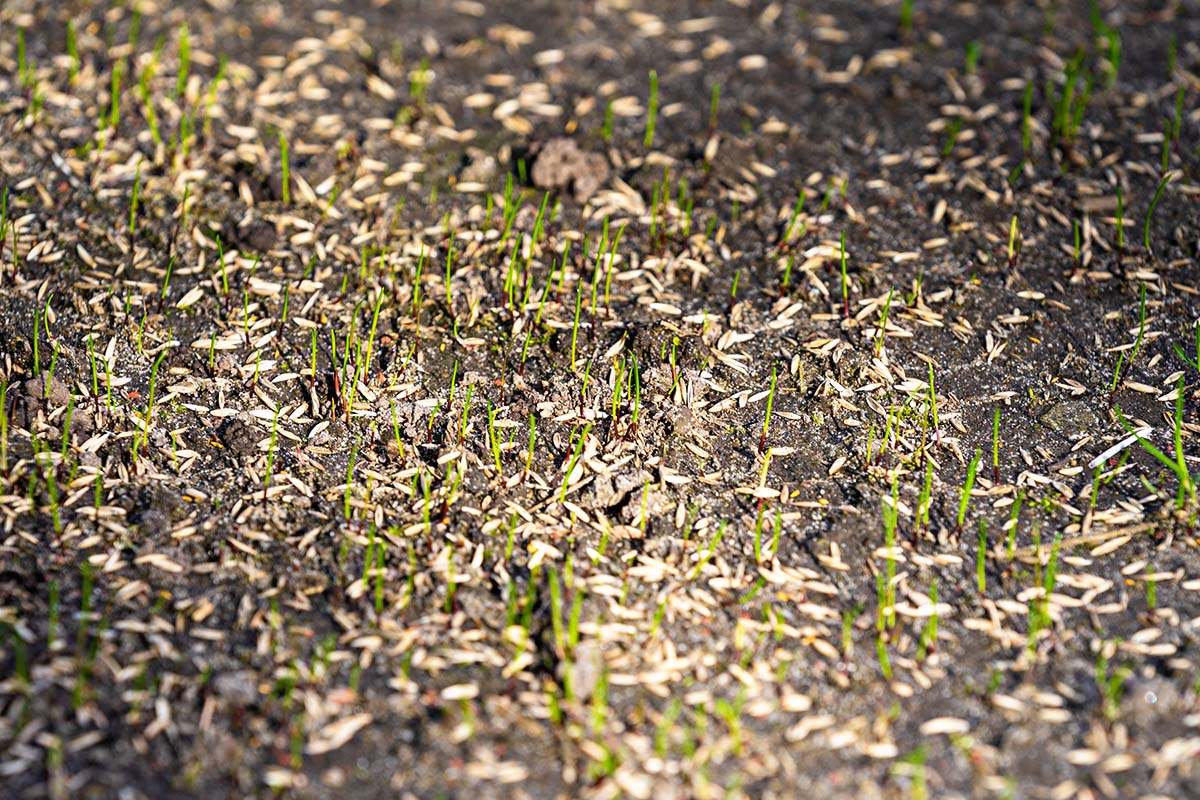
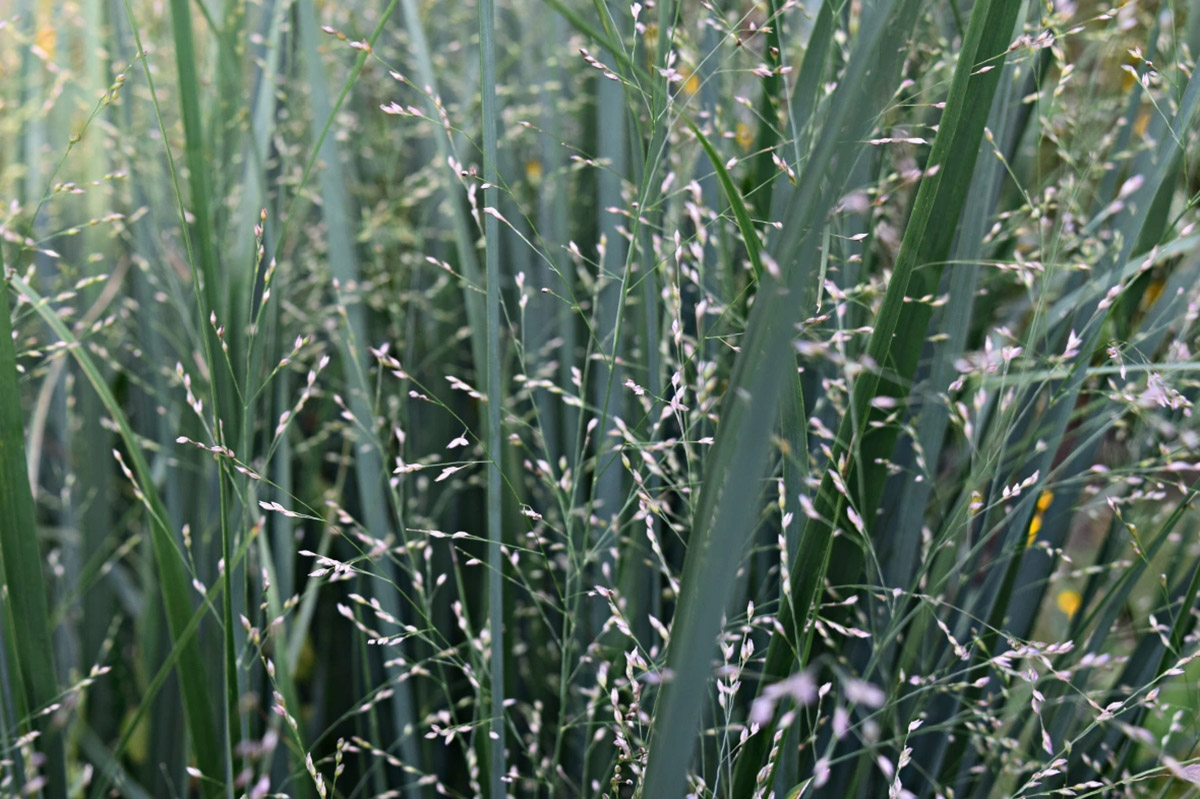
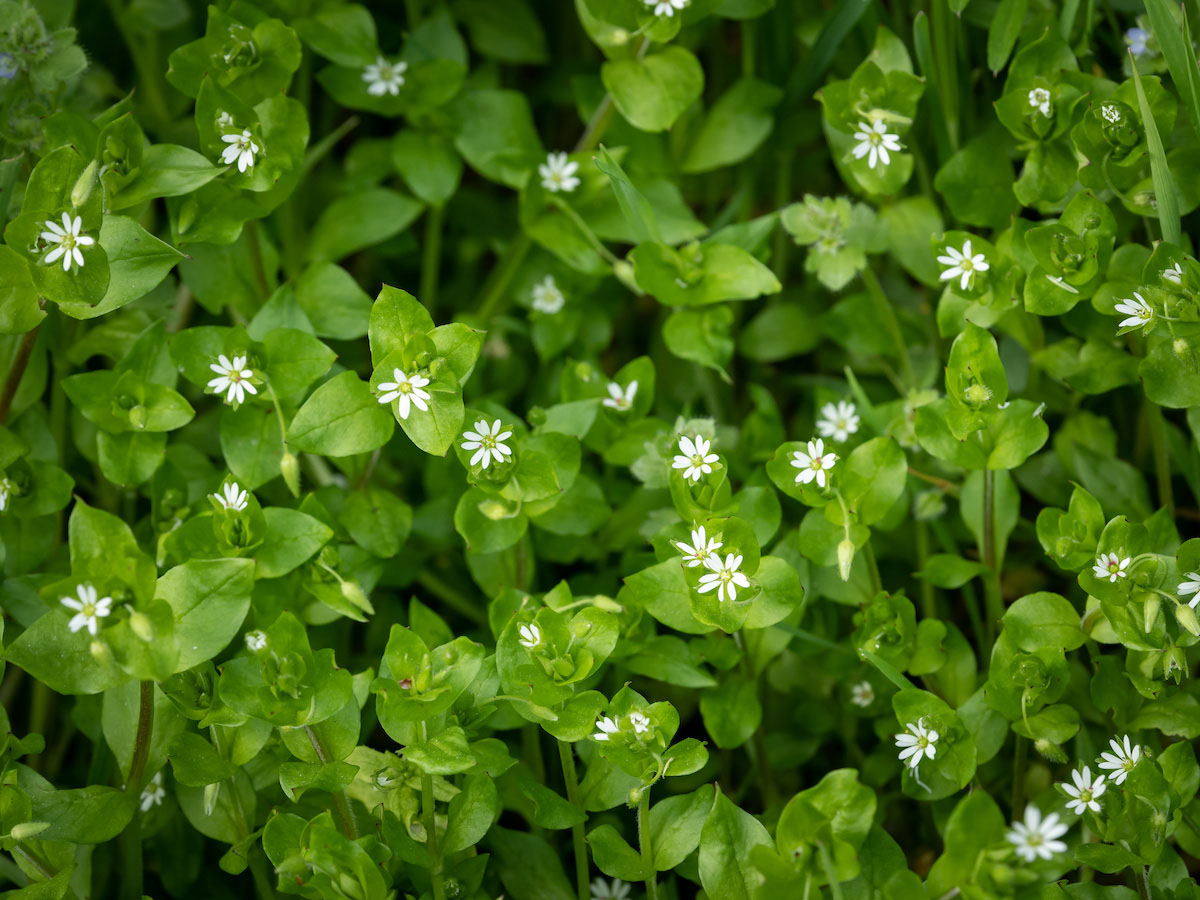
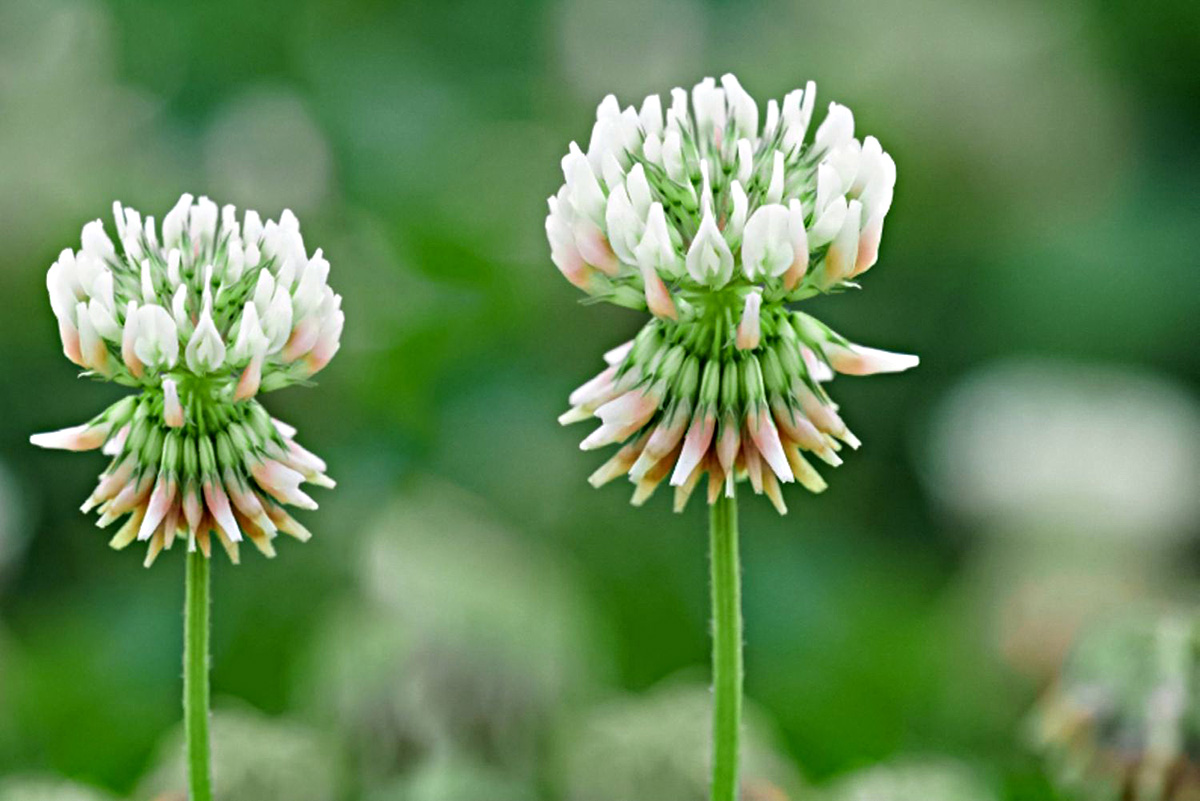

0 thoughts on “How Does Grass Germinate”